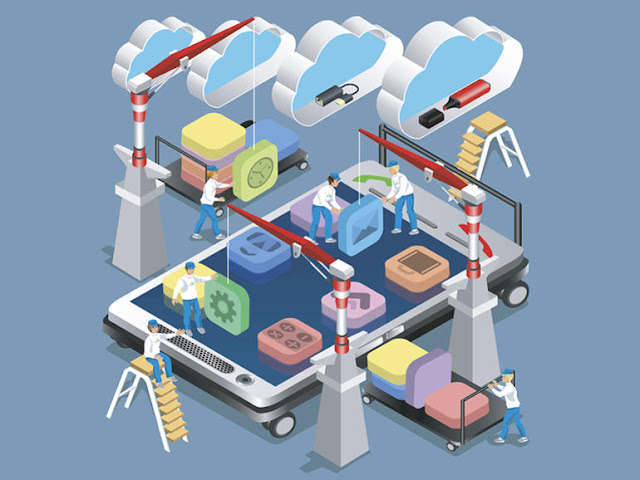The evolution of software delivery from Agile to Continuous Delivery
Organizations
have been implementing agile methodologies to speed up the software delivery
process. Agile, which was initiated in the development organization, which
has progressively expanded into other areas
- IT and operations. Teams, having efficient processes, enhanced feedback
loops, are driven at a much faster pace of revolution into IT departments,
which has had deep effects on the entire organization.
To build on this feat, DevOps
and continuous delivery have advanced to help connect development with IT
operations to support and intensify agility, responsiveness, and faster time to
market throughout the software delivery lifecycle.
Companies and
brands have now started to mature with technology and have started becoming more
conscious of the technological changes. Brands that have not been able to improve
themselves with the technological upgrades have fallen behind and have become obsolete.
While technology is maturing aggressively,
testing platforms is getting more challenging and cumbersome. Advanced software
testing concepts such as DevOps testing, traditionally referred to as
DevTestOps and Agile Testing has given
way to continuous testing and delivery.
What exactly is DevOps?
DevOps is not a process; it is a mindset, an approach that
enables seamless and continuous delivery of applications starting from the
beginning till the end. Before the DevOps trend, development and operations
would work separately, which led to the absence of coordination and communication amongst teams that affected the overall
innovation and growth.
With the DevOps
approach, the development and operations teams have started collaborating and
working together to address issues related to continuous
delivery. DevOps brings together the benefits of developers and operations
managers. The emphasis is on lean development to assure continuous integration
and continuous delivery.
Why is continuous delivery so crucial in the current state?
Continuous
delivery demands for continuous deployment of software and continuous
development. For the period of continuous delivery, the team can deploy anything
such as changes in the development environment, basic configuration changes, constant
code, etc.
The Connection of DevOps and Digital Transformation
Digital
Transformation suggests how digital technologies such as Big Data and Analytics,
Social Media, Mobility Services, and Cloud technology can be leveraged for a general business
transformation. It has been recognized as an empowering experience for
businesses, as it helps them speed up their business ideas and extend effectively
to their customers.
Conclusion
Constant
experimentation and improvement is the key to growth, which also means that
there is a rising and constant need to test these platforms for quality
assurance, sustainability, and experience. DevOps offers this much-needed approach to build a technique that
supports continuous testing and continuous delivery. It is an approach that encourages seamless collaboration between
development and operations to deliver a software/application.




Great, this article is quite awesome and I have bookmarked this page for my future reference. Keep blogging like this with the latest info.
ReplyDeleteDevOps course in Chennai
Best DevOps Training in Chennai
AWS Training in Chennai
AWS Certification in Chennai
Cloud Computing Courses in Chennai
Cloud Training in chennai
AWS Training in Anna Nagar
DevOps Training in Chennai